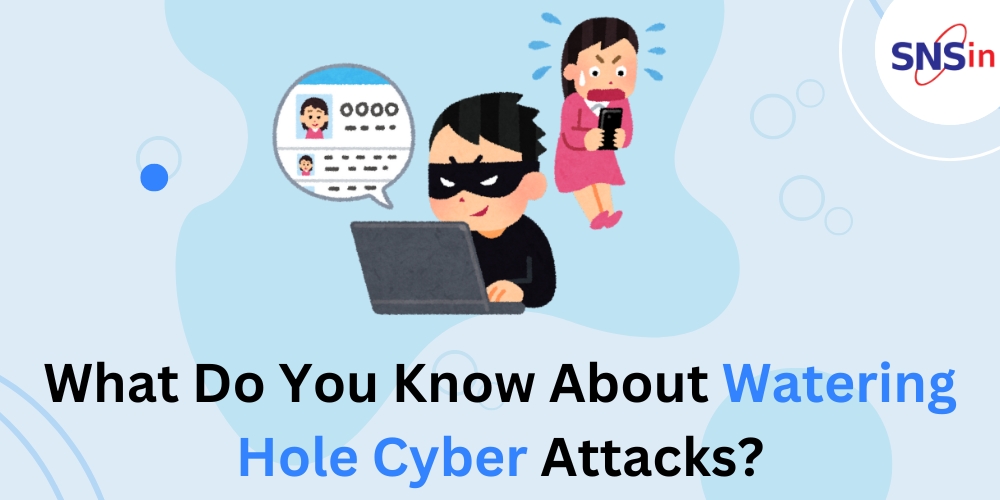Digital twins, as recently introduced by Google’s X founder Sebastian Thrun, represent a revolutionary leap in technology. Acting as digital replicas of human beings, these twins can perform tasks remotely, simulating the presence of an actual person in various settings. The concept extends beyond mere virtual avatars, offering potential connections with loved ones even after they have passed away and expanding into diverse fields of application.
The Promise of Digital Twins:
Imagine a world where professionals can attend meetings, conduct demonstrations, or even offer therapy sessions remotely through their digital counterparts. In healthcare, digital twins could revolutionize patient care by providing personalized, data-driven treatment plans. By creating a digital twin of a patient, healthcare providers can monitor their health in real-time, predict potential issues, and tailor treatments more effectively. In education, digital twins could allow teachers to provide individualized instruction to students across the globe. Students could interact with a digital version of their teacher, receiving personalized feedback and support regardless of geographical barriers. This could be particularly transformative in regions with limited access to quality education. Engineers and urban planners can use digital twins to simulate and analyze complex systems. By creating digital replicas of buildings, infrastructure, or entire cities, they can test different scenarios, predict outcomes, and optimize designs without the need for physical prototypes. This not only saves time and resources but also enhances the accuracy of planning and decision-making. The entertainment industry can also benefit from digital twins. Imagine a world where actors and performers can create digital versions of themselves to perform stunts, appear in multiple locations simultaneously, or even continue their careers posthumously. Fans could interact with virtual versions of their favorite celebrities in immersive, interactive experiences. Customer service could be revolutionized by digital twins, providing personalized assistance to customers 24/7. Virtual assistants, powered by digital twin technology, could understand and respond to customer queries with the same level of empathy and expertise as a human representative.
The Dark Side of Innovation:
However, with great power comes great responsibility. The potential misuse of digital twins raises significant concerns. Cybersecurity risks loom large, as hackers could hijack these digital identities for malicious intent. According to a report by Cybersecurity Ventures, cybercrime damages are expected to reach $10.5 trillion annually by 2025, and the rise of digital twins could add new dimensions to these threats. Impersonators might exploit digital twins for fraud, or worse, to manipulate and deceive on a grand scale. For instance, a hacker could take control of a digital twin and use it to gain unauthorized access to sensitive information or manipulate financial transactions. The ethical implications are profound, demanding rigorous scrutiny. Moreover, digital twins could be used for nefarious purposes such as spreading misinformation, conducting espionage, or engaging in cyber warfare. The ability to create highly convincing digital replicas could blur the lines between reality and virtuality, making it difficult to distinguish between genuine and fabricated interactions.
Balancing Innovation with Safety:
The path forward requires a careful balance between embracing the transformative potential of digital twins and instituting robust cybersecurity measures. Regulatory frameworks, ethical guidelines, and technological safeguards must evolve in tandem with innovation to ensure that this groundbreaking discovery serves humanity positively without compromising security. Implementing multi-factor authentication, encryption, and continuous monitoring can help protect digital twins from unauthorized access. Developing standards for the ethical use of digital twins, including consent mechanisms and privacy protections, is crucial to prevent abuse. Organizations must also invest in cybersecurity awareness and training to educate employees and users about the potential risks and best practices for safeguarding digital twins. This includes understanding the importance of strong passwords, recognizing phishing attempts, and maintaining vigilance against social engineering attacks. Collaboration between industry, academia, and government is essential to address the multifaceted challenges posed by digital twins. Sharing knowledge, resources, and best practices can help create a unified approach to security and innovation.
Conclusion:
Digital twins hold the promise of transforming various industries, from healthcare and education to engineering and entertainment. Their ability to create digital replicas of human beings opens up unprecedented possibilities for remote work, personalized experiences, and efficient planning. However, the potential for misuse and cybersecurity threats cannot be ignored. As we embark on this exciting journey into the world of digital twins, it is essential to strike a balance between innovation and security. By implementing robust safeguards, ethical guidelines, and continuous education, we can harness the power of digital twins for the greater good while mitigating the risks.
About SNS:
SNS has been at the forefront of raising awareness about cybersecurity and related threats for the last 24 years. Our programs are designed to educate and empower individuals and organizations to navigate the digital world safely.
If you’re interested in our cybersecurity awareness training programs or consultancy services, feel free to reach out to us at [email protected]
AUTHOR
NK MEHTA
![]()




